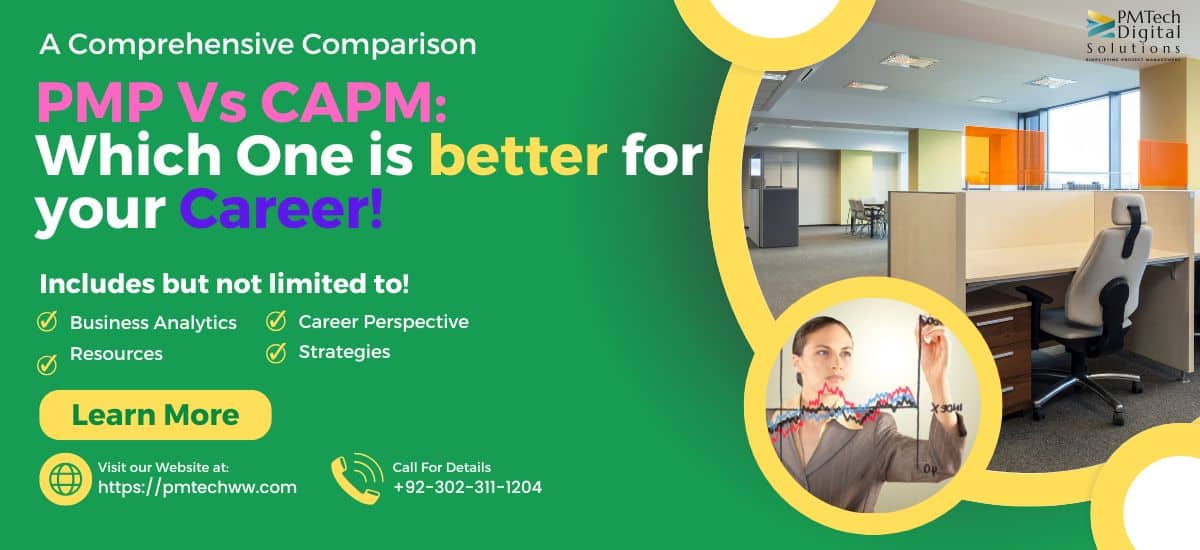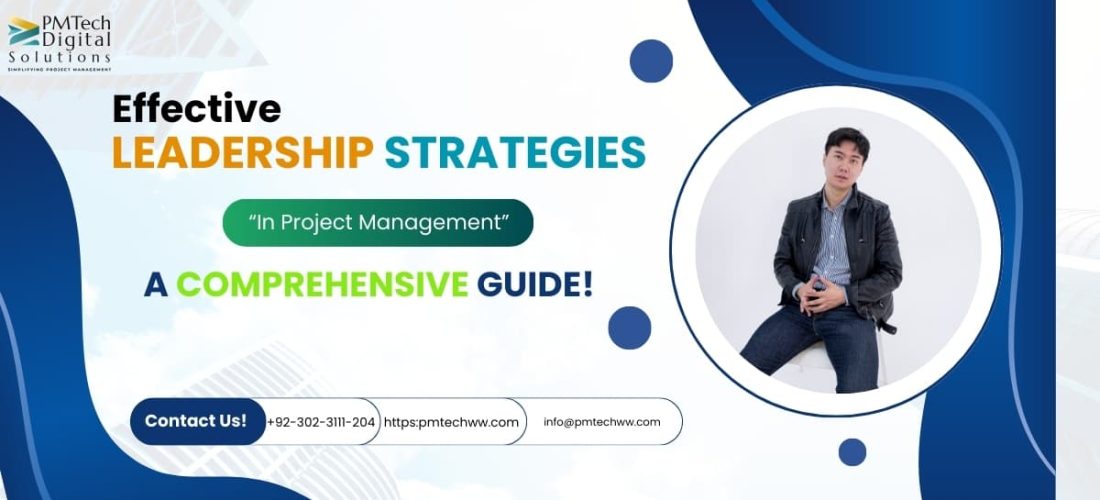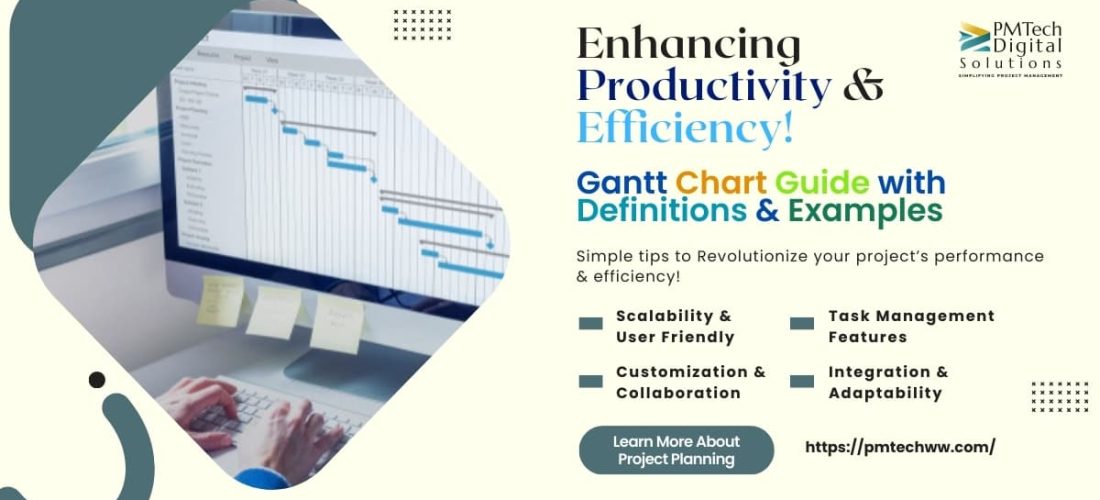Seeking to excel in IT project management for Information Technology (IT)? Discover main strategies and tools that are important for arranging your IT projects. From the initial stages to successful execution, this article helps you how to lead with expertise, selecting suitable methodologies, and streamlining your project management practices, ensuring your Information Technology projects are delivered successfully.
Key Takeaways
- IT project management is a multifaceted discipline requiring technical, managerial, and leadership skills, encompassing planning, execution, monitoring, controlling, and closing of IT projects, as well as requiring a broad range of technical competencies.
- Successful IT project plans require establishing clear goals, crafting a detailed schedule with milestones, and effective resource allocation, while managing project challenges such as scope creep, risk management, and adapting to changing technology.
- Choosing the right project management methodology (Agile, Waterfall, or Hybrid) is crucial, and leveraging project management software can significantly enhance team efficiency and project success by automating tasks, facilitating collaboration, and tracking progress.
Understanding IT Project Management Essentials

IT project management involves various skills for managing IT projects within an organization. These skills relate to an individual’s technical knowledge and leadership skills, which ensure they do not get stuck up on any event during project execution. IT project manager roles include guiding the whole project process, namely initiating, planning, executing, monitoring and controlling, and closing processes.
Further Reading: Leadership In Project Management: Essential Traits Of An Effective Project Leader
IT project managers aim at assisting organizations to achieve specific performance by successful project processes. Great project execution processes help in workflow control since various life sweeps such as agile, lean, and iterative are used essential in ensuring success in IT projects.
Success in most fields similar to an IT project manager implies in-depth knowledge of financial tools and Agile methods, along with an understanding of IT infrastructure. It is not based only on the ability to delegate tasks but also on the weight of the responsibilities.
Their strategic planning and work with teams are crucial to the projects’ outcomes, and, vis-a-vis, these individuals might even be called architects of success – it depends on them how strong the foundation would be.
The duties fulfilled by an experienced it-project-manager cover all aspects necessary for achieving objectives within any given organization’s information technology ventures. Planning remains vital along with executing plans diligently while closely observing progress towards meeting goals so adjustments can keep things running smoothly. Finally, closing out completed efforts stays important before shifting gears onto other undertakings.
Defining the Role of an IT Project Manager
Aside from merely supervising a project, an IT project manager is similar to an orchestra conductor since they must coordinate and combine various elements to achieve the desired outcome. This position requires a combination of managerial and leadership skills as well as a broad knowledge of information science and its practical use.
An IT project manager is a versatile role that is not confined to any one industry – it is the most critical roles in shaping the digital landscape of organizations. Essentially, the IT project managers bridges the gap between IT and non-IT functionaries by ensuring that sophisticated technicality is clearly understood using friendly analogies and common background information.
The basis of an IT project influences almost every other stage in the life of the project since correct foundations are laid, goals are defined, and the leader is chosen. Communication plays a key role in all the stages of the process and, as such, people must comprehend others’ perspectives, be good listeners, and be technically talented.
The IT Project Management Lifecycle Explained

The project life cycle, also called the IT project’s life cycle, is the process that takes the project through its beginning until its conclusion. This has a number of phases/stages, each has its own specifications and challenges. Creating a detailed work plan for an IT project, it needs the following information as a minimum:
- Establishing specific start and end dates for tasks in the schedule plan
- Identifying which individual holds authority over scheduling decisions
- Recognizing stakeholders and goals related to the venture
- Setting a final deadline.
In successfully managing an IT project, a crucial role is fulfilled by the designated IT Project Manager who oversees:
- Ensuring effective communication between internal teams and stakeholders.
- Encouraging efficient teamwork among collaborators within the scope of their responsibilities.
- Maintaining high levels of quality while staying cost-effective.
Essential Technical Skills for IT Project Managers
To leadership and communication skills, an IT project manager must possess a diverse range of technical abilities. These include:
- Understanding of IT infrastructure
- Proficiency in utilizing various communication tools and software for project management purposes
- Comprehensive knowledge about different project management approaches such as Waterfall, Agile, Scrum, Kanban, Lean and PRINCE2
It is essential for Project Managers in the field of technology to:
- Keep up-to-date with latest trends in technology
- Cultivate emotional intelligence and soft skill mindset
Crafting a Successful IT Project Management Plan

Creating an IT project plan is like planning a voyage for a ship. It includes clear target identification, scheduling, and well-organized resource allocation to reach the project’s finish line as per schedule. The actual reason for setting these targets ones, is to energize the project team to be precise about their desire.
A project objective specification is important for guiding the project team member in the right direction by enabling them to achieve a target or optimize a set of goals and objectives against the project management setting.
In a similar fashion, a voyage has an itinerary that identifies major destinations as well as touchstones to get to them. A successful IT project plan must utilize a programmed schedule to give the team the path to follow, as well as identify the touchstones to watch out for.
Similarly, resource allocation is like the gas that fuels the company car, ensuring that they have every tool they require to perform tasks during tutorial punctuation at each point or stage of the venture.
Establishing Clear Project Goals
For an IT project to prove to be successful, one must define his or her project goals specifically. This is possible when one heeds input from his or her team members and stakeholders, and noted them down and ensured they met the following characteristics. They list as specific, measurable, attainable, relevant and time bound, which is often referred as SMART.
Apart from alignment with the whole project, clearly setting goals enable the splitting of a single large goal into manageable smaller units. This cannot be said about poorly set goals, which confuse team members and distract a group from the project. To lower such risks, managers should ensure they document all their project requirements before setting their goals and ensuring all of the stated goals are specific, attainable, and measurable.
Ambiguous or vague objectives can lead to scope creep – where a previously defined goal becomes expanded beyond its original parameters. To prevent scope creep from occurring in any given IT endeavor, proper management techniques should be employed by conducting thorough documentation which outlines all necessary information regarding stakeholder involvement.
Scheduling and Milestones

On a more superficial level, drawing up a detailed schedule of the project is analogous to the plotting course of a ship. This metaphor implies that at the early stage of planning, we need to draw a clear map of the journey and set start and end dates for it. The detailed schedule should delineate the main tasks, objectives, and people involved as well as define the maximum stress or ultimate deadline. Milestones, or check boxes along the way, allow to measure my progress and successfully navigate the route to goal attainment.
Resource Allocation Strategies
Resource allocation is the cornerstone of an IT project, which propels the course to success and implementation. It includes several important steps: allocation of appropriate resources to a task; prioritization of work within shared resources; regular resource plan review and update; and skills, experience, and availability-based allocation of individuals.
Following the various stages in a project management life cycle approach, such as initiating, planning, and executing.
In executing, tracking, and closing projects, project managers can ensure optimal utilization of all available resources while directing progress toward achieving desired outcomes.
Navigating IT Project Challenges
The IT project is like a sea voyage plagued by the storm’s detours. They involve a lack of concern for the project’s scope, risk management problems, and the difficulties of keeping up with technological advancements.
As knowledgeable sailors make their way through the raging oceans, project managers navigate through complications to reach success with the help of executive strategies.
Managing Scope Creep Effectively

Project Scope is the predefined scope and set of goals of a project and its flexibility to change with the environment and technology and the phase of a project during IT project life cycle. While Scope Creep is an unintended and uncontrolled change of the project’s scope, which may result in a loss of time and may even make it veer off away from the intended path.
Some steps can be taken by the project manager to avoid it may include define the aims of the project , change the control processes and clear communication with the users.
To prevent any deviations from the original plan or objective of a project caused by scope creep, it is crucial that SMART goals are set at the start. This ensures everyone involved stays on track towards achieving these targets without being sidetracked by additional tasks or features not initially planned for.
Having an established change management procedure in place allows changes proposed throughout the course of a project’s execution regarding its purpose and functions – also known as “scope” – to be reviewed thoroughly before implementation so all parties concerned are aware beforehand if there will be necessary shifts within their roles or expectations.
Maintaining consistent communication among all individuals with a vested interest in completing the said endeavor helps.
Risk Management in IT Projects
In the world of IT projects, risk management is proportional to preparing for potential hazards on a project execution. It entails recognizing possible risks, creating backup plans, and actively taking measures to minimize their consequences.
Further Reading: Risk Management: Ultimate Guide To Navigating Uncertainties
Adapting to Changing Technology
Managing IT projects in today’s swiftly evolving technological landscape brings both hurdles and prospects. Being able to adjust to new technology demands for being flexible, constantly gaining knowledge, and using project management tools efficiently to maintain organization and progress.
Selecting the Right Project Management Methodologies
Choosing the right project management methodology is comparable to selecting a suitable vessel for a voyage. Depending on the specific needs and characteristics of a particular project, managers have the options of Agile, Waterfall or Hybrid methodologies at their disposal.
Agile Frameworks: More Than Just Scrum
Flexible and iterative frameworks are applied in order to achieve successful project completion – known as Agile project management . The most widely known are Scrum, Kanban, Lean, Extreme Programming, with the levels of their applicability and effectiveness determined by the project’s individual features and requirements.
The Waterfall Approach: When is it Appropriate?
The linear and phased Waterfall approach is best suited for projects that have clearly defined requirements. Its inflexibility makes it less suitable for projects that need flexibility and iterative development methods.
Hybrid Methodologies: Combining the Best of Both Worlds
Hybrid Methodologies involve mixing Agile and Waterfall-approaches and are created specifically for complex IT projects. The essence of these approaches is to combine Agile’s flexible and incremental development methods with Waterfall’s structured and predictable nature.
Further Reading: Agile Vs Waterfall Methodology: Navigating Your Best Project Management Approach
Leveraging Project Management Software for IT Teams
Likewise, IT project managers use the equivalent of both a compass and a chart in the form of project management software to enhance processes, facilitate team members’ interaction, and monitor the progress. Thus, these necessary instruments make managing projects easy and help team members be more productive, and, as a result, projects are completed successfully.
Automation and Integration Features
Project management software has integration and automation features that smoothen work processes between various other tools. Activities such as punching in data and sending requests are automated, and manual action is not required. As a result, the software enhances efficiency.
Collaboration and Communication Tools
To be able to refer, communicate and collaborate throughout the life of a project, all parties, as well as project stakeholders, require an effective collaboration and communication tool. The tools enable a better collaboration with one another, thereby reducing the number of meeting and engages a common platform where update and comments are open to all parties in a project.
Tracking and Reporting Progress
On the other hand, effective project management is not possible without constant control and notification of the course of work. The use of the software for project management provides tracking and reporting tools, which always have the most relevant data for making adjustments in the planning process.
Moreover, the rapid development of information systems has raised new opportunities for the integration of the project management software.
Future Trends in IT Project Management
IT project management is a rapidly changing field, and trends will also change over time with technology. Many upcoming developments, such as cloud computing, artificial intelligent, and big data, will shift IT systems project management. All of them will open new specifications and make possible different ways to success and do business efficiently. The Project Management Institute (PMI) influences on tapped trends of the near future by promoting established project management processes, providing training and certification for project managers and business analysis, thus for utilizing the existing and future changes in the IT field.
Cloud Computing and IT Projects
Cloud computing significantly affects IT project management with good opportunities and unsettling challenges. Thus, since cloud solutions are continuously being adopted by more organizations, project managers should adjust their strategy to attain the benefits of this technology without falling victim to security breaches.
Artificial Intelligence as a Project Management Tool
IT project management is expected to be greatly impacted by artificial intelligence, presenting the following advantages:
- Automating tasks and procedures
- Offering valuable guidance for making informed decisions
- Enhancing efficiency in project planning, implementation, and improvement
- Allowing project managers to prioritize strategic decision-making responsibilities and leadership duties.
Big Data’s Role in IT Project Success
Overall, big data can cause a great shift in IT project management revolution. It can provide managers with first-hand information on how to plan and execute projects, as well as identify possible areas of improvement while utilizing the project data. This means that looking deeply into the big data, rather than analyzing small amounts of information, leads to better decisions and successful projects.
Summary
Project management is an essential element in the rapidly changing realm of IT that ensures that projects are successfully completed. IT project managers have a great deal of responsibility, ranging from general principles of IT project management and the ability to address certain concerns, to the selection of methods and the use of software associated with project management, skills related to leadership, teamwork and the dynamics associated with it, and the foreseeing emergent trends. Through such comprehensive fixing and other types of knowledge, an individual in such a position can address the challenges of managing projects associated with technology and ensure that they and their team reach the end results that they aimed for.
Frequently Asked Questions
What is project management in IT field?
Project management is a critical aspect of the IT industry, encompassing tasks such as strategizing, coordinating and supervising the successful achievement of particular technological objectives within a company. These responsibilities are applicable across different sectors that utilize information technology services.
What does an IT project manager do?
A project manager in the field of information technology is responsible for strategizing, arranging and executing technical projects. They manage production releases by assigning tasks to team members and keeping track of project progress and outcomes.
What is an example of IT project management?
One instance of managing IT projects involves carrying out upgrades for hardware, implementing network system initiatives, or developing software. These kinds of endeavors usually adhere to the five phases in the lifecycle: starting, planning, executing, monitoring and controlling progress, and finalizing.
What are the key roles and responsibilities of an IT project manager?
The main responsibilities of a project manager in the field of IT involve supervising all aspects of project planning, implementation, monitoring, control and completion. It is their duty to ensure that projects are finalized according to schedule, within budget and achieving desired goals.
What are the different stages of an IT project life cycle?
The life cycle of an IT project is comprised of several phases, including initiation, planning, execution, monitoring and control, and closure. Each stage presents its own set of difficulties and necessities that play a crucial role in the overall achievement of the project goals. Adequate preparation is key for success during all stages.


















8 Responses
Thank you for your sharing. I am worried that I lack creative ideas. It is your article that makes me full of hope. Thank you. But, I have a question, can you help me?
Your point of view caught my eye and was very interesting. Thanks. I have a question for you.
It’s awesome for me to have a site, which is helpful in support of my know-how.
thanks admin
my website; nordvpn coupons inspiresensation (http://tinyurl.com/)
nordvpn coupons 350fairfax
I’m really loving the theme/design of your blog.
Do you ever run into any browser compatibility issues?
A few of my blog readers have complained about my website not operating correctly in Explorer but
looks great in Safari. Do you have any suggestions to help fix this issue?
Your article helped me a lot, is there any more related content? Thanks!
Can you be more specific about the content of your article? After reading it, I still have some doubts. Hope you can help me.
Incredible story there. What occurred after? Take care!
My web site … eharmony special coupon code 2025
Highly descriptive blog, I liked that bit. Will there be a
part 2?
Here is my page – vpn